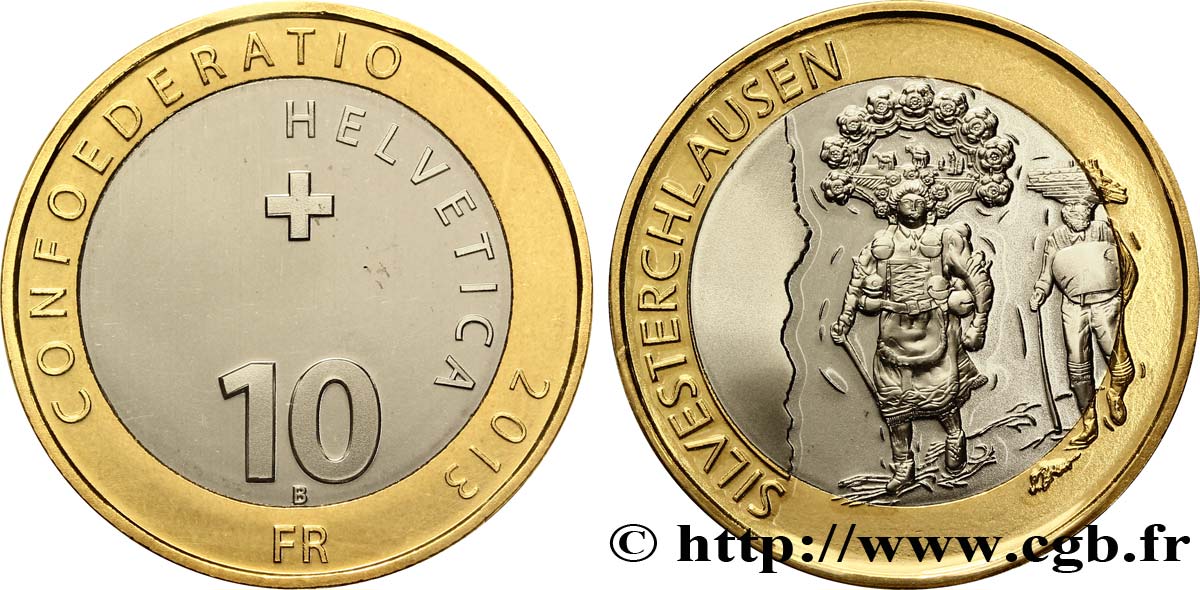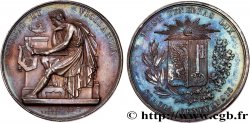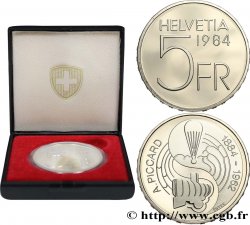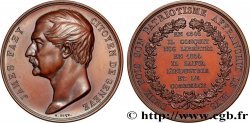E-auction 151-90072 - fwo_385732 - SUIZA 10 Francs Silvesterchlausen 2013 Berne
Usted debe firmar y ser un comprador aprobado para pujar, Inicia sesión para pujar. Las cuentas están sujetas a la aprobación y el proceso de aprobación se alcanzan dentro de las 48 horas. No espere hasta el día en una venta se cierra el registro.Al hacer una oferta en este artículo usted está firmando un contrato jurídicamente vinculante para comprar este artículo y haga clic en «oferta» constituye una aceptación de los términos de uso de e-auctions de cgb.fr.
La subasta debe ser colocado en euros enteros cantidades venta only.The se cerrará en el momento en la descripción del artículo, no se ejecutarán las ofertas recibidas en el sitio después de la hora de cierre. Veces Transmition pueden variar y las ofertas pueden ser rechazadas si espera a los últimos segundos. Para más información envie el FAQ.
SIN GASTOS PARA LOS COMPRADORES.
SIN GASTOS PARA LOS COMPRADORES.
| Valoración : | 22 € |
| Precio : | 12 € |
| Oferta más alta : | 14 € |
| Fecha de fin de la venta : | 07 marzo 2016 18:27:00 |
| participantes : | 4 participantes |
Tipo : 10 Francs Silvesterchlausen
Fecha: 2013
Nombre del taller / ciudad: Berne
Cantidad acuñada: -
Metal: bimetálico
Diámetro: 33 mm
Canto: séries de cannelures
Comentarios sobre el estado de conservación:
sous étui d’origine Swissmint
N° en los catálogos de referencia :
Anverso
Titulatura del anverso: CONFEDERATIO HELVETICA / 2013 / FR.
Descripción del anverso: croix et chiffre “10”.
Traducción del anverso: CONFÉDÉRATION HELVÉTIQUE.
Reverso
Titulatura del reverso: SILVESTERCHLAUSEN.
Descripción del reverso: deux Chläuse masqués et costumes.
Comentario
Le Silvesterchlausen est la coutume hivernale la plus impressionnante que compte l'arrière-pays d'Appenzell Rhodes-Extérieures. Remontant à la nuit des temps, cette coutume est pratiquée à Herisau et dans quelques autres communes le 31 décembre. Toutefois, à Urnäsch et Waldstatt, elle est pratiquée le 13 janvier, dernier jour de l'an selon le calendrier julien. Seulement autorisé les derniers jours de l'année, le Silvesterchlausen a pour origine les chants du nouvel an et l'usage autrefois largement répandu chez les mendiants de se déguiser à la Saint Sylvestre. Aux XIXe et XXe siècles, la coutume s'est peu à peu établie. Les Chläuse se répartissent en différents groupes pour mettre en valeur les cloches et le chapeau en forme de roue de chaque participant. A mesure que la variété des costumes s'élargissait, les Chläuse ont également vu leur tenue devenir de plus en plus imposante.
A cinq ou six heures du matin, les Chläuse se préparent. Leur itinéraire débute en dehors du village, chez un agriculteur qui les a invités à déjeuner. Puis, ils vont de ferme en ferme. Devant chaque maison, ils se disposent en cercle, font retentir leurs cloches et entonnent un jodel naturel appelé Zäuerli. Finalement, ils souhaitent la bonne année à l'agriculteur et à sa famille en leur serrant la main de manière énergique et repartent vers la prochaine ferme dans l'ordre auquel ils sont arrivés.
The Silvesterchlausen is the most impressive winter custom in the hinterland of Appenzell Ausserrhoden.. Dating back to the dawn of time, this custom is practiced in Herisau and in several other municipalities on December 31st.. However, in Urnäsch and Waldstatt it is practiced on January 13, the last day of the year according to the Julian calendar.. Only allowed in the last days of the year, the Silvesterchlausen originates from New Year's carols and the once widespread custom among beggars of dressing up on New Year's Eve.. In the 19th and 20th centuries, the custom gradually became established. The Chläuse are divided into different groups to highlight the bells and wheel-shaped hat of each participant.. As the variety of costumes expanded, the Chläuse also saw their attire become increasingly imposing..
At five or six in the morning, the Chläuse get ready. Their journey begins outside the village, at the home of a farmer who has invited them for lunch.. Then they go from farm to farm. In front of each house, they form a circle, ring their bells and sing a natural yodel called Zäuerli.. Finally, they wish the farmer and his family a happy new year with a vigorous handshake and set off for the next farm in the order in which they arrived.
A cinq ou six heures du matin, les Chläuse se préparent. Leur itinéraire débute en dehors du village, chez un agriculteur qui les a invités à déjeuner. Puis, ils vont de ferme en ferme. Devant chaque maison, ils se disposent en cercle, font retentir leurs cloches et entonnent un jodel naturel appelé Zäuerli. Finalement, ils souhaitent la bonne année à l'agriculteur et à sa famille en leur serrant la main de manière énergique et repartent vers la prochaine ferme dans l'ordre auquel ils sont arrivés.
The Silvesterchlausen is the most impressive winter custom in the hinterland of Appenzell Ausserrhoden.. Dating back to the dawn of time, this custom is practiced in Herisau and in several other municipalities on December 31st.. However, in Urnäsch and Waldstatt it is practiced on January 13, the last day of the year according to the Julian calendar.. Only allowed in the last days of the year, the Silvesterchlausen originates from New Year's carols and the once widespread custom among beggars of dressing up on New Year's Eve.. In the 19th and 20th centuries, the custom gradually became established. The Chläuse are divided into different groups to highlight the bells and wheel-shaped hat of each participant.. As the variety of costumes expanded, the Chläuse also saw their attire become increasingly imposing..
At five or six in the morning, the Chläuse get ready. Their journey begins outside the village, at the home of a farmer who has invited them for lunch.. Then they go from farm to farm. In front of each house, they form a circle, ring their bells and sing a natural yodel called Zäuerli.. Finally, they wish the farmer and his family a happy new year with a vigorous handshake and set off for the next farm in the order in which they arrived.








 Informar de un error
Informar de un error Imprimir la página
Imprimir la página Comparte mi selección
Comparte mi selección Haz una pregunta
Haz una pregunta Consignar / vender
Consignar / vender
 Descriptivo
Descriptivo










